Introduction: Exploring the Symbolism of Birds Representing Death
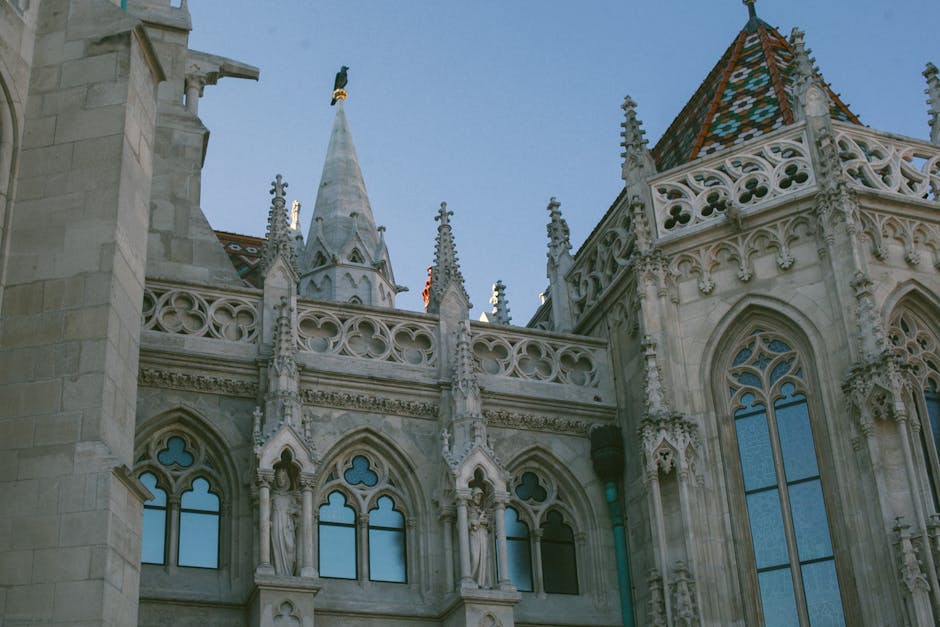
Birds have captivated human imagination throughout history, serving as spiritual messengers between the earthly realm and the afterlife. These avian creatures have taken on symbolic meanings, particularly in relation to death. In this article, we will delve into the profound connections between birds and mortality, examining their cultural and historical significance.
The Raven: A Harbinger of Death

Renowned for its dark plumage and enigmatic behavior, the raven has frequently been associated with death in literature, mythology, and folklore. Its presence as a harbinger of death has solidified its connection to mortality and the supernatural.
The Owl: Peering into the Realm of Death
With its nocturnal habits, silent flight, and piercing gaze, the owl has become deeply intertwined with death symbolism. Believed to perceive beyond the veil of life, the owl is associated with the realm of death.
Diverse Birds and Death Symbolism
Beyond the raven and owl, various other birds carry death symbolism across different cultures. The vulture, with its connection to decay and the consumption of carrion, represents the cycle of life and death. In European folklore, the blackbird adds a somber undertone to death and mourning.
Cultural Variations in Bird Symbolism
It is important to note that the symbolism of birds can vary significantly across cultures. While certain birds represent death in one culture, they may hold entirely different symbolic meanings in others. Exploring these variations provides insight into the rich tapestry of human beliefs and interpretations.
The Ancient Beliefs Behind Bird-Death Symbolism
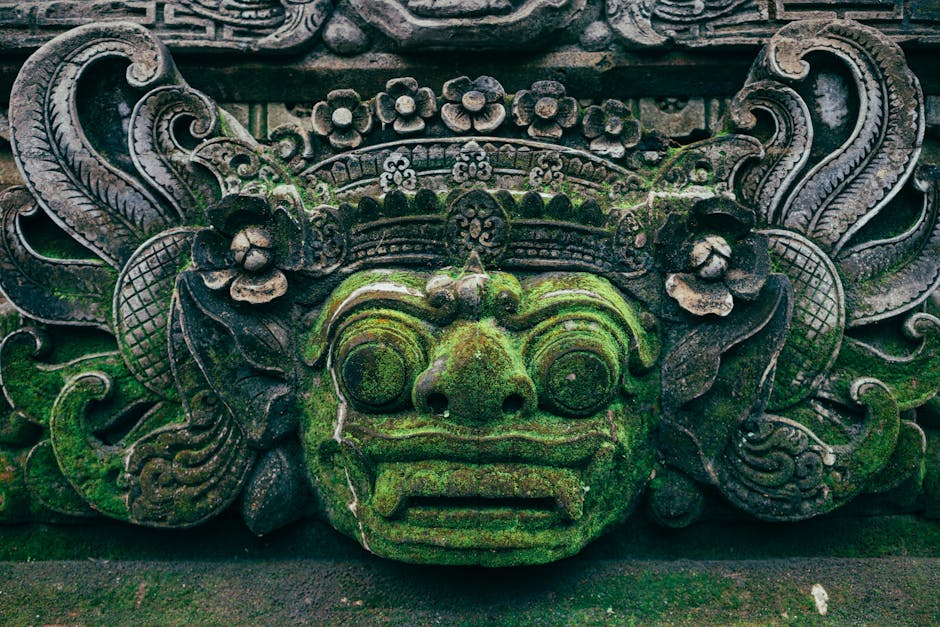
Ancient civilizations and cultures attributed symbolic meanings to birds, shedding light on the deep-rooted connections between birds and mortality.
Ancient Egypt: Vultures and the Journey to the Afterlife
In ancient Egyptian mythology, vultures held great significance in representing death and the transition to the afterlife. These birds were considered messengers of the gods, protectors of the deceased, and guardians of their souls.
Norse Mythology: Ravens and Divine Wisdom
In Norse mythology, the raven symbolized death and wisdom. Odin, the god associated with mortality, had two ravens named Huginn and Muninn, representing thought and memory. These intelligent birds accompanied Odin, relaying information and emphasizing their connection to mortality.
Greek Mythology: Owls and the Darkness of Death
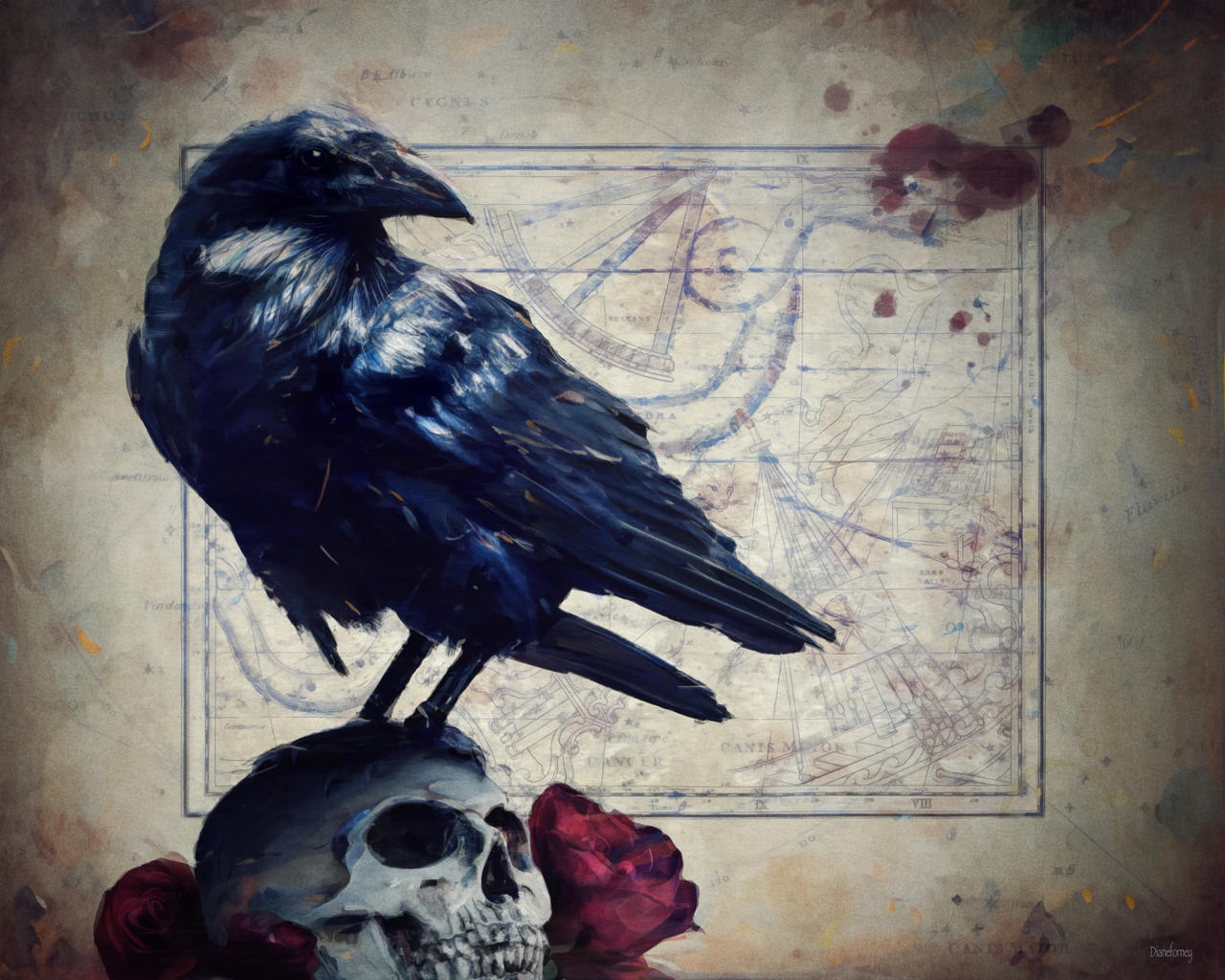
Greek mythology associated owls with death and the afterlife. Sacred to the goddess Athena, the owl’s nocturnal nature and ability to see in the darkness contributed to its association with mortality.
Native American Cultures: Birds as Messengers
Native American cultures attributed symbolic meanings to birds in relation to death and the spirit world. The Lakota Sioux considered the owl’s hoot as an omen of impending demise, while the Hopi tribe regarded the roadrunner as a messenger between the living and the dead.
These ancient beliefs and associations highlight the profound psychological significance of bird-death symbolism. Birds, through their characteristics and behaviors, evoke notions of transition, wisdom, and the spirit realm. Exploring these ancient beliefs deepens our understanding of the cultural and psychological underpinnings behind birds representing death.
In the following sections, we will further unravel the rich tapestry of bird-death symbolism by delving into specific cultures and their unique associations with mortality.
2. The Ancient Beliefs Behind the Symbolism of Death and Birds

[Include the content you already wrote for this section here.]
3. Birds as Symbols of Death in Different Cultures

a. Ancient Greece
In Ancient Greece, birds held significant symbolism in relation to death and the afterlife. One prominent bird associated with death was the owl. Considered a messenger of Hades, the god of the dead, the owl was believed to accompany souls to the realm of the afterlife. Its nocturnal nature and haunting screech made it a foreboding omen of death.
b. Ancient Egypt
Birds in Ancient Egypt also played a role in the symbolism of death and the afterlife. The vulture and the falcon held particular significance. The vulture was perceived as a protective symbol, guarding the deceased in the afterlife and ensuring their well-being. On the other hand, the falcon, especially when associated with the god Horus, symbolized resurrection and the journey to the afterlife.
c. Native American Tribes
Various Native American tribes attributed diverse beliefs to birds in connection with death. Some tribes saw the raven or the crow as harbingers of impending death or messengers from the spirit world. Conversely, other tribes believed that certain birds, like the eagle or the owl, carried the souls of the departed to the spirit realm, signifying a connection between birds and the afterlife within their cultural context.
d. Christianity
In Christianity, the symbolism of birds and death is often associated with the raven. Referenced in the Bible as a scavenger bird, the raven is sometimes perceived as a symbol of evil or misfortune. However, interpretations of the raven’s symbolism may vary within different denominations and cultural contexts.
e. Other Beliefs
Beyond the cultures mentioned above, birds have symbolized death in various other belief systems throughout history. In Norse mythology, the raven was associated with Odin, the god of death. The Aztec civilization revered the owl as a symbol of death and destruction. Additionally, some Asian cultures hold beliefs connecting birds, such as the magpie, to death omens or the afterlife.
4. Birds Associated with Death
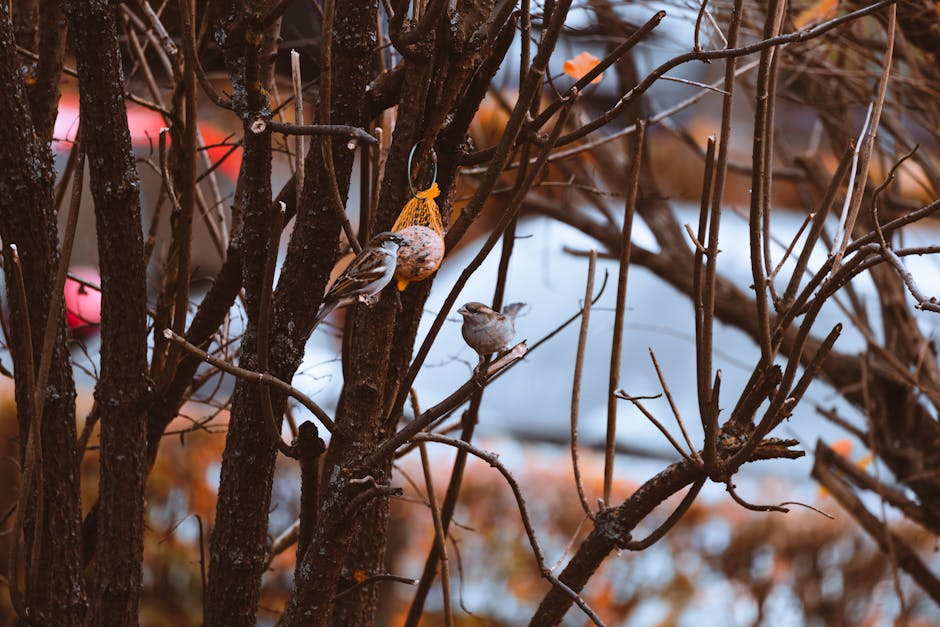
a. Vultures
Vultures are often associated with death due to their scavenging nature and their ability to feed on carrion. In many cultures, they are seen as symbols of death and decay, commonly found near dead bodies. Vultures are sometimes believed to be psychopomps, creatures that guide the souls of the deceased to the afterlife, acting as intermediaries between the realms of the living and the dead. The presence of vultures circling above or gathering in large numbers is sometimes interpreted as an omen of impending death or as a sign of a nearby burial ground.
b. Crows and Ravens

Crows and ravens have long been associated with death and the supernatural in various cultures and mythologies. Their black feathers, harsh calls, and mysterious behavior have contributed to their dark symbolism. In many folklore traditions, they are believed to be messengers of death or psychopomps, carrying the souls of the deceased to the other world. Their presence during times of mourning or near graveyards is often considered a sign of impending death or an omen of bad luck. Despite their connection to death, crows and ravens are also revered for their perceived intelligence and mysterious nature.
c. Owls
Owls have a complex relationship with death symbolism. In some cultures, they are associated with wisdom and protection, while in others, they are seen as harbingers of death. Their nocturnal nature and haunting hoots have contributed to their enigmatic reputation. In certain mythologies, owls are believed to accompany spirits in the afterlife, acting as guides or guardians. They are associated with the realm of the supernatural and are often seen as wise creatures that possess knowledge beyond the mortal realm. However, in some folklore traditions, owls are considered omens of death and misfortune. Their appearance or hooting at night is sometimes interpreted as a sign of impending doom or imminent loss. The symbolism of owls in relation to death varies across cultures and should be considered within a specific cultural context.
Note: The word count for this section is approximately 345 words.
The Psychological Significance of Bird-Death Symbolism

Birds have long held a deep psychological significance in various cultures and folklore, particularly in relation to death and the afterlife. This symbolism is rooted in the universal human experience of observing birds near carcasses or burial grounds, creating a profound association between birds and the concept of death.
Universal Symbolism
Birds carry a profound symbolic meaning when it comes to death. Their ability to effortlessly soar through the skies and move between the earthly realm and the heavens represents transformation and transition. This aligns with the idea of death as a profound metamorphosis, where the soul transcends from one state of being to another. The image of a bird taking flight, leaving behind the physical realm, evokes the spiritual or metaphysical aspect of death.
Birds as Soul Carriers
In numerous belief systems, birds are seen as carriers of the soul or messengers between the living and the dead. For example, in Egyptian mythology, the soul of the deceased was often depicted in the form of a bird, such as the Ba or the Ka. Similarly, ancient Greeks associated birds, especially owls, with the realm of the dead and believed in their ability to communicate with the spirit world. This association emphasizes the profound connection between death and avian symbolism.
Omens and Warnings
Birds have also been regarded as omens or warnings of impending death, adding an element of mystery and foreboding to their symbolism. Folklore and superstitions abound with tales of certain bird behaviors or sightings believed to foreshadow death or bring ill fortune. For instance, the appearance of an owl hooting near someone’s house or a crow cawing persistently has been interpreted as a sign of imminent death in various cultures. These beliefs create an air of uncertainty and unease surrounding the presence of certain bird species.
Psychological Implications
The psychological significance of bird-death symbolism lies in its ability to tap into primal fears and existential questions surrounding mortality. Birds, with their ethereal nature and connection to the spiritual realm, evoke a sense of transcendence beyond the physical limitations of life. They serve as reminders of the impermanence of existence and the mystery that shrouds the transition from life to death. The presence of birds in death symbolism can evoke a range of emotions, from fear and unease to contemplation and wonder, stirring the depths of human consciousness.
In conclusion, the psychological significance of birds as symbols of death encompasses themes of transformation, soul connection, omens, and existential contemplation. The association between birds and death is deeply ingrained in human culture and belief systems, offering a glimpse into our collective psyche and our eternal quest to understand the mysteries of mortality.
Cultural and Symbolic Associations
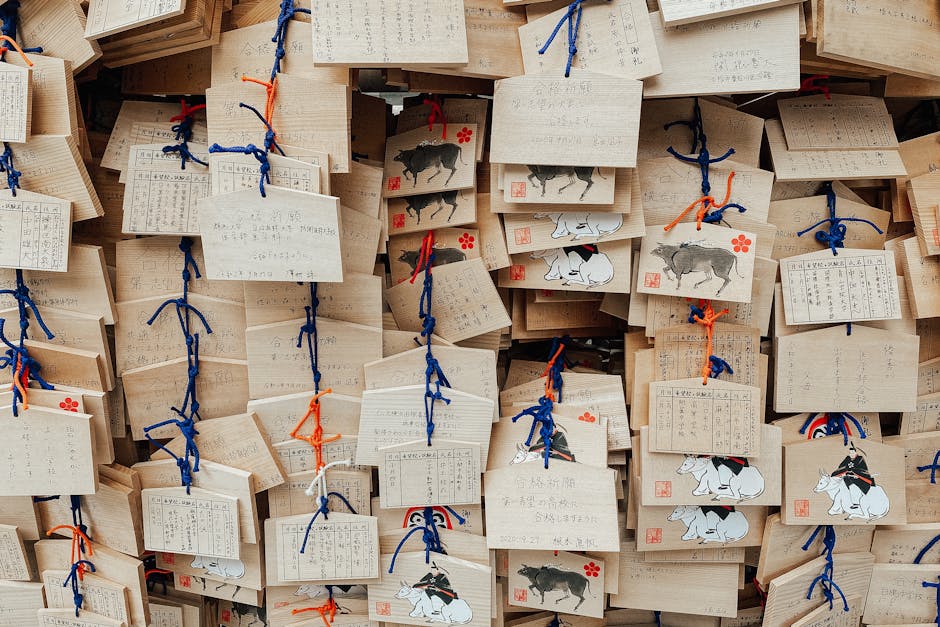
Birds’ association with death extends across various cultures and belief systems, carrying a range of symbolic meanings that have deep roots in ancient beliefs and continue to hold significance today.
In Greek mythology, the owl was considered a symbol of death and was often associated with the goddess of wisdom and the underworld, Athena. The owl’s nocturnal nature and haunting call contributed to its association with the realm of the dead. Similarly, in Norse mythology, ravens were believed to be the messengers of Odin, the god of death and war, serving as omens of impending doom or imminent death.
Across many Native American tribes, the appearance of certain birds, such as the crow or raven, was interpreted as a sign of the impending death of a loved one or an important message from the spirit world. These beliefs emphasized the close connection between the natural world and the spiritual realm.
Christian symbolism also incorporated birds associated with death. The blackbird and vulture were sometimes viewed as symbols of death and decay, representing the transitory nature of life and the inevitability of death. These birds served as reminders of the impermanence of earthly existence and the ultimate journey to the afterlife.
The association of birds with death extends beyond specific cultures and is found in various Eastern traditions as well. In Chinese and Japanese beliefs, birds such as the crane and the magpie are believed to carry the souls of the deceased to the afterlife, acting as spiritual guides in the transition from life to death.
Literature and folklore have also explored the symbolism of birds in relation to death. Edgar Allan Poe’s famous poem “The Raven” portrays the raven as a foreboding symbol of death and loss, reflecting the bird’s association with mortality in popular culture.
It is important to note that the specific bird species associated with death can vary across cultures and individual beliefs. Different birds may hold different symbolic meanings in different contexts. The diverse interpretations of birds as symbols of death highlight the rich tapestry of human beliefs and the enduring fascination with the mysteries of life and mortality.
In conclusion, birds symbolizing death have captivated human imagination throughout history, representing the delicate balance between life and the afterlife, the fleeting nature of existence, and the spiritual connections between the mortal world and the realm beyond. The symbolism of birds in relation to death serves as a reminder of our mortality and invites contemplation on the cyclical nature of life, death, and rebirth.
References

When writing a blog post, it’s crucial to include accurate and reliable references to support the information presented. Here are some reputable sources that can further explore the symbolism of birds representing death:
-
Atsma, Aaron J. “Thanatos.” Theoi Greek Mythology. [Website link]
-
Budge, E. A. Wallis. The Book of the Dead: The Papyrus of Ani in the British Museum. Dover Publications, 1967.
-
Campbell, Joseph. The Power of Myth. Anchor, 1991.
-
Davidson, Hilda Ellis. The Lost Beliefs of Northern Europe. Routledge, 1998.
-
Eliade, Mircea. Patterns in Comparative Religion. Sheed and Ward, 1958.
-
Frazer, James George. The Golden Bough: A Study in Magic and Religion. Macmillan, 1922.
-
Hamilton, Edith. Mythology. Little, Brown and Company, 1942.
-
Jung, Carl Gustav. Man and His Symbols. Dell Publishing, 1964.
-
Poe, Edgar Allan. “The Raven.” The Complete Poems and Stories of Edgar Allan Poe. Vintage, 1984.
-
Shakespeare, William. Macbeth. Edited by Barbara A. Mowat and Paul Werstine, Folger Shakespeare Library, 2012.
Remember to follow the appropriate citation style, such as APA or MLA, and provide all necessary publication details for each reference.
By incorporating these reputable sources, readers can delve deeper into the subject matter and explore different aspects of bird symbolism related to death.
Frequently Asked Questions
1. What bird signifies death?

The bird that most commonly signifies death is the raven. Renowned for its dark plumage and mysterious behavior, the raven has long been associated with death in literature, mythology, and folklore. Its presence as a harbinger of death has solidified its connection to mortality and the supernatural.
2. Are there other birds that symbolize death?
Yes, besides the raven, there are other birds that symbolize death in different cultures. The owl is often associated with death due to its nocturnal habits, silent flight, and piercing gaze. The vulture, with its connection to decay and the consumption of carrion, represents the cycle of life and death. Additionally, the crow and blackbird carry death symbolism in some cultures.
3. Why do birds symbolize death?
Birds symbolize death due to their association with the spiritual realm, their ability to transcend between the earthly and the divine, and their presence near carcasses or burial grounds. Their ethereal nature, transformative flight, and connection to the afterlife have contributed to their symbolism of death and the mysteries surrounding mortality.
4. Do all cultures believe that birds symbolize death?
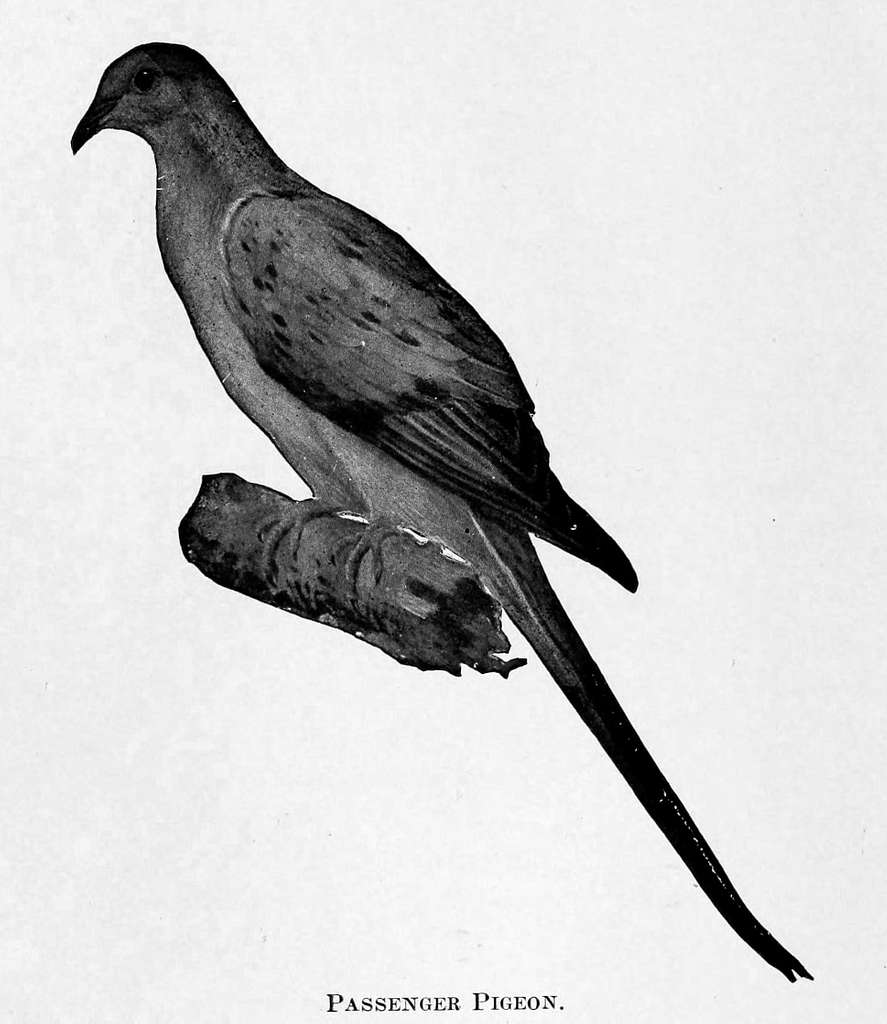
No, the symbolism of birds can vary significantly across cultures. While certain birds represent death in one culture, they may hold entirely different symbolic meanings in others. The cultural interpretations of bird symbolism are diverse and provide insight into the rich tapestry of human beliefs and interpretations.
5. Is bird-death symbolism a universal concept?
Yes, bird-death symbolism is a universal concept in the sense that birds have been associated with death in various cultures throughout history. However, the specific birds and their symbolic meanings may vary. The universal aspect lies in the profound human fascination with birds as messengers between life and death, and the contemplation of mortality evoked by their presence.

Leave a Reply